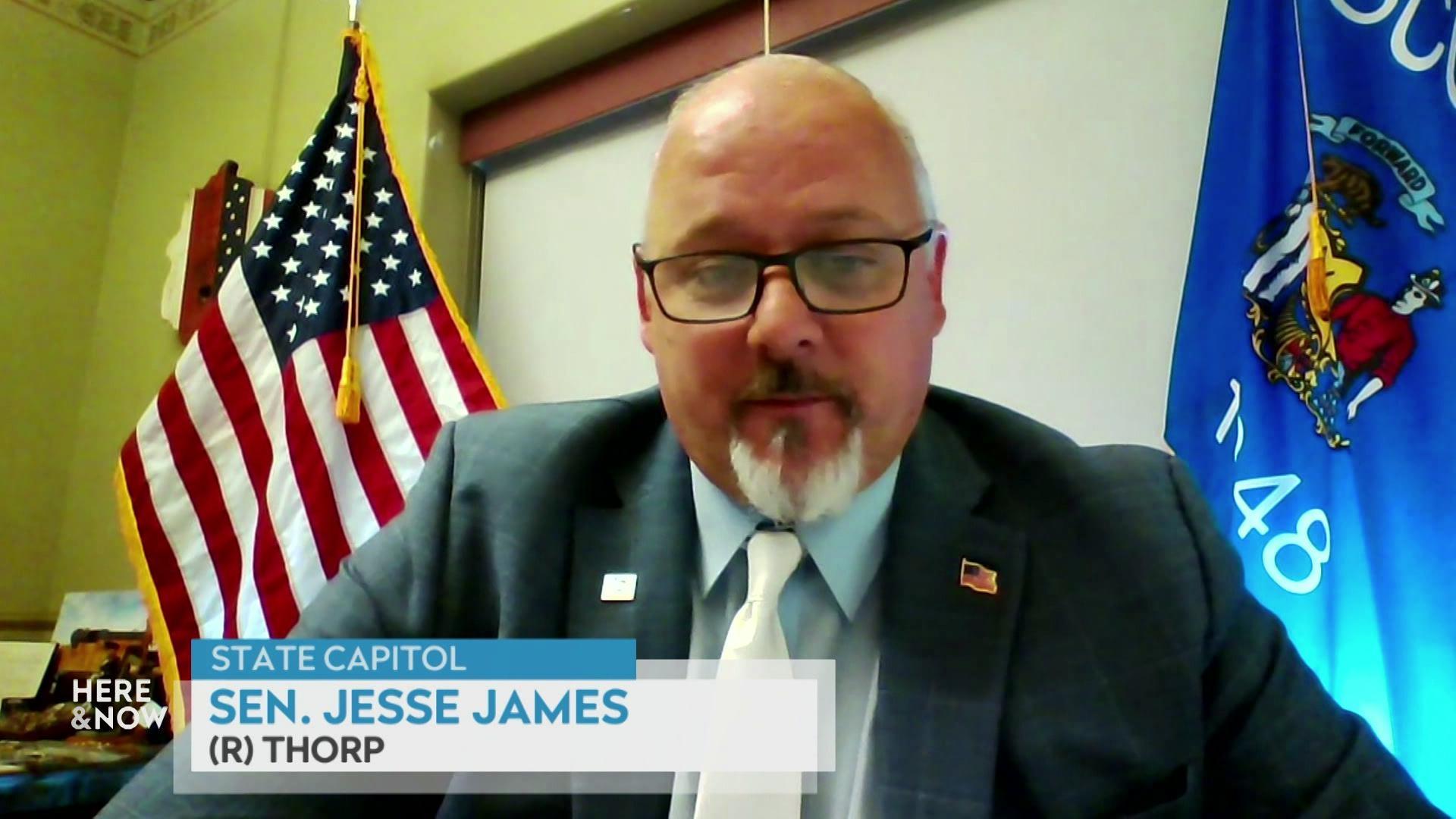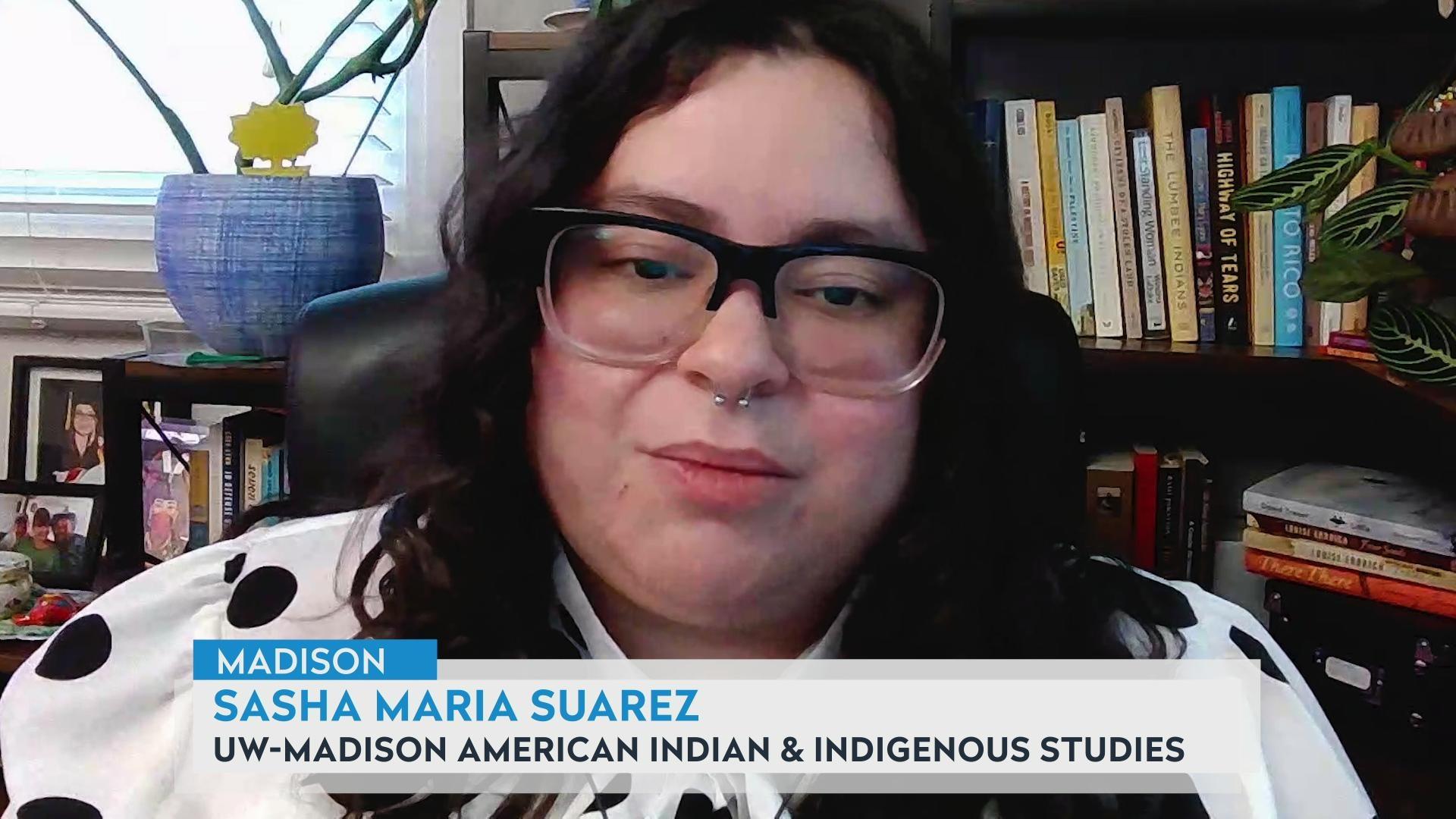Jeff Spitzer-Resnick on students being physically restrained
By Frederica Freyberg | Here & Now
July 27, 2023
Civil rights attorney Jeff Spitzer-Resnick discusses a Wisconsin Department of Public Instruction report on high seclusion and restraint rates for students with disabilities and in elementary school.
VIDEO TRANSCRIPT
Frederica Freyberg:
Well, first of all Jeff, thanks very much for taking the time to do this.
Jeff Spitzer-Resnick:
My pleasure.
Frederica Freyberg:
So having been a chief advocate for laws restricting seclusion and restraint in schools, what's your reaction to the latest DPI reporting that there are these thousands of incidents in the 2021-22 school year?
Jeff Spitzer-Resnick:
Well, there's a few reactions. The first reaction is, wow, that's a lot of kids who are suffering from really an important behavior on adults' part being secluded, restrained. I would ask any adult to imagine themselves being held against their will and being put into a room that where no one else is. How they would feel. But second, when we look at the numbers we see that it's a huge percentage. Almost all of them are in elementary school. So we have these young children. Now you might ask me, why are they young children? I think there's two reasons. One, and and they're really the same reason, as children grow older, staff just aren't gonna they're just not gonna try that with a bigger kid. So this power imbalance is really problematic. It's like we can so-called get away with it with young children. But the other theme that I've been saying it for years and it's one of the reasons why we had to get a second law passed to get DPI to publish the numbers after we passed the first law is a really, it's a really inadequate response from DPI. So the good news is there are lots of schools all over the state who do not seclude and restrain children, that should be celebrated. Now, it's certainly possible that some of them are just failing to report. Is DPI looking at that? I don't think so. But let's assume for the moment that the ones that are reporting that they have few, if any kids who they're secluding and restraining. Why aren't we not only celebrating that, but DPI finding out, well how are you doing that? Can you help us train these other schools that are struggling? Conversely, if you have what I'll call repeat performers, and we generally do, it's usually not an aberration that a school district has lots of seclusion and restraint and then has none the next year. They're gonna stay up there with their numbers. I mean, they might go up and down a little bit. What are we doing that changed that? If you look at DPI's report, it simply says at the bottom, it lists a few links of resources. Seriously? Is that it? We've gotta do better than that.
Frederica Freyberg:
So you describe accurately how the numbers suggest that as many as 80% of the children who are restrained or secluded are in grade school, same holds true for the number of students who are disabled.
Jeff Spitzer-Resnick:
Right. You know, look, you've got two things going on with children with disabilities. One is they're simply more vulnerable and so therefore they are more subject not only in school but outside of school to be abused. So that's a problem, and I consider this abuse by the way. Secondly, are there some of those children that may have more challenging behaviors? Of course there are. That's why they're in special education. That's why we have programs and funding perhaps insufficient, I won't even say perhaps insufficient. Definitely insufficient to help them. They shouldn't be on the butt end of trauma and that's what seclusion and restraint will do.
Frederica Freyberg:
Do you think there is any place in the schools for seclusion and restraint?
Jeff Spitzer-Resnick:
So what the law says, and what I believe is true is if there's an imminent risk and imminent means imminent like right now, a serious bodily injury and emphasize serious, then yes, of course. People asked. I remember when we were trying to get the bill passed, well wouldn't you stop a kid who was running into a street in front of a car? Of course we'd stop them and of course we'd restrained them temporarily for a short time. You let them go after the car goes by and you redirect them away.
Frederica Freyberg:
Clearly, you don't think those are the only times that this is being used.
Jeff Spitzer-Resnick:
Of course not. Which also then begs the question. Is DPI actually examining? And of course they can't examine, they don't have the staff to examine thousands, but could they go into the top or bottom, depending on your view, the three school districts that are showing the highest propensity to secluded and restraint and actually look and see are every one of these students who have been secluded and restrained having done so when there was an imminent risk of harm. I'm a hundred percent sure they will find that. And then what do we do? The problem is DPI has historically and presently been complaint responsive. So yes, if someone files a complaint, if a parent says my kid was secluded and restrained and there was no imminent risk of harm, DPI will look into it, may order a corrective action plan if they substantiate that, but without that complaint, DPI's just gonna say, here's the numbers, here's some resources, and it's just inadequate.
Frederica Freyberg:
How do these techniques potentially harm children?
Jeff Spitzer-Resnick:
Well, it can be very traumatizing ranging from, you know short term trauma where a child, you know goes home crying to their mother or father or whatever to what can be, especially if it's repeated. You know, I remember when we had the bill passed, there was a young man who literally was put into a psychotic state after repeatedly being secluded and restrained. I mean, that's an extreme. There's another angle to it that people also don't understand. I remember a horrific case, again previous to the law up in Marinette where children were being secluded and restrained locked in a room so long that they were urinating and defecating in the room. Now kids would come home. Many of these kids don't have very good verbal skills or language skills, may have none. The one client I had, the child would simply say I don't want to go to school. Well, lots of kids say that. So the parent, of course, as any parent would say, buck up you gotta go to school, right? When the parent found out what actually was happening eventually, because an aide essentially became the whistleblower, the aide, by the way, was fired which is why you don't see so many whistleblowers. The parents' guilt was just tremendous comparable to I would say, Catholic church and priest abuse, where you know, parents find out that they were sending their kids to these abusive situations. And so not only was the child suffering from horrific trauma the parent was also traumatized because they didn't stop it at least not in time.
Frederica Freyberg:
How does the enduring shortage of special education funding play into the use of seclusion and restraint?
Jeff Spitzer-Resnick:
It's also a huge problem in two ways in this particular situation. Number one, we have staff with increasing caseloads. So, you know, I've always said, listen if you've got your average teacher, not the best teacher, not the worst teacher, and you put 20 kids in front of them versus 40 kids in front of them, imagine the behavior management challenge when you double that number. Now, add instead of one kid with autism in there, four kids with autism and then maybe a smattering of other behavioral disorders. So even the teacher's perception of is there an imminent risk of bodily harm? Well, if I also have to keep my eye on 39 other children five of whom also have disabilities, well my perception might be that there is an imminent risk of harm. Because if I don't stop this kid from running out of the room, which in and of itself is really not an emergency, then I don't know what's gonna happen to these other 39 children. The second funding problem is there's no doubt that there are techniques, positive behavior intervention and support. PBIS is a great way of working with kids with behavioral challenges. Staff needs training, well, training costs money. Part of that money is to give staff time off so they can go to training. So we've got, you know both a numbers problem and a training problem and that certainly is part of why these numbers, high numbers of seclusion and restraint persist.
 Passport
Passport











Follow Us